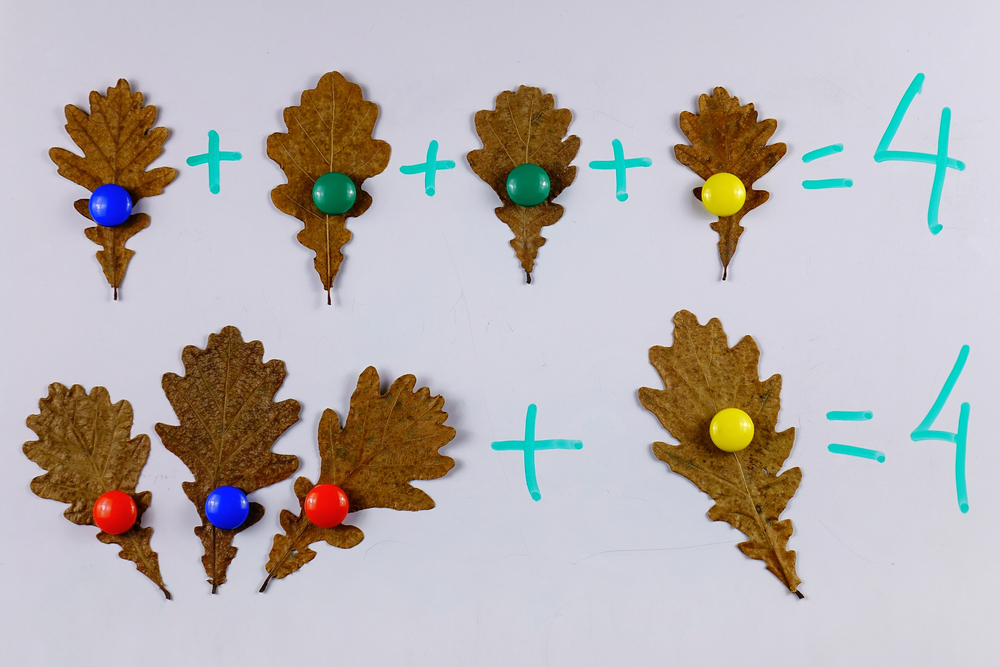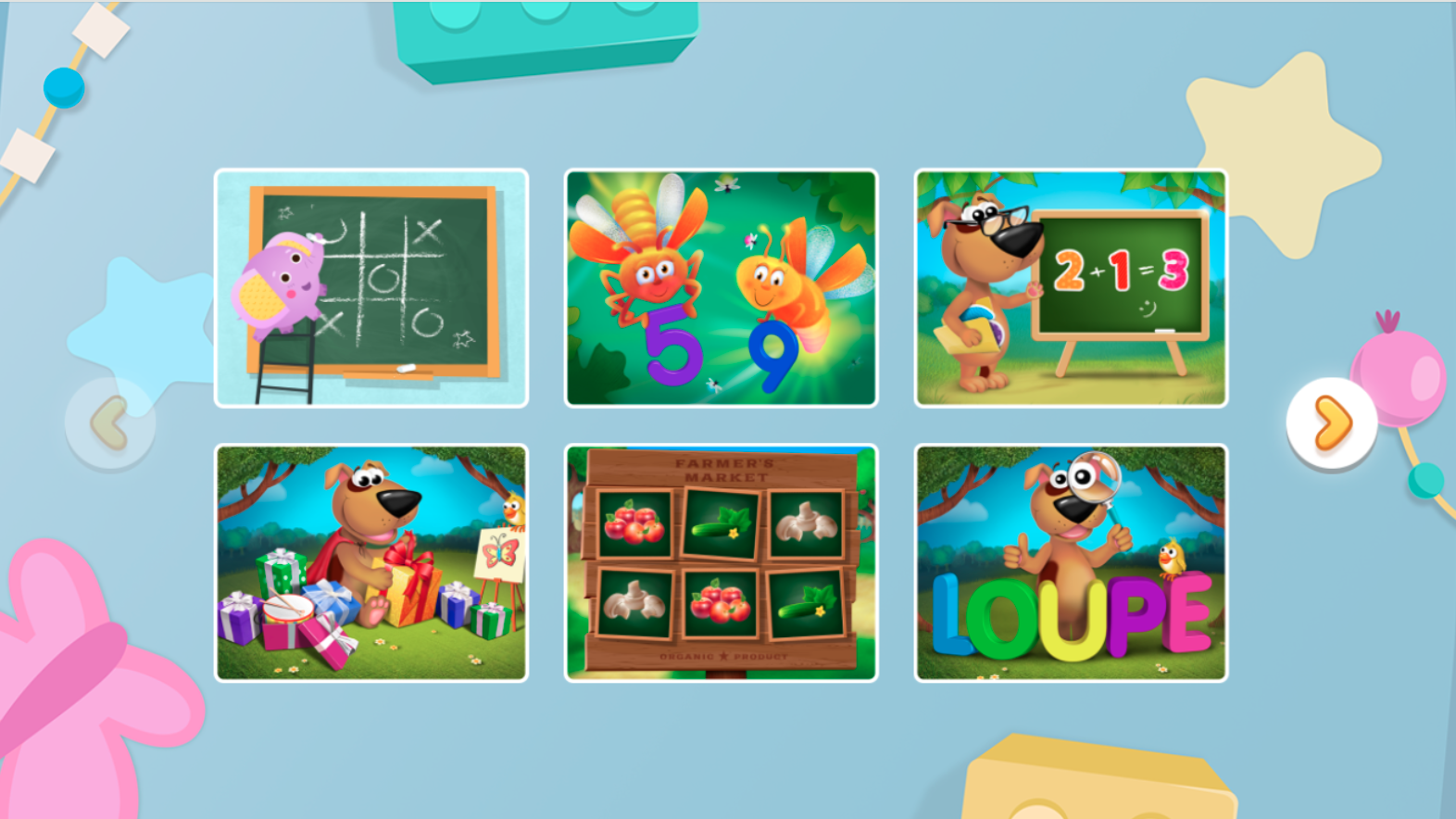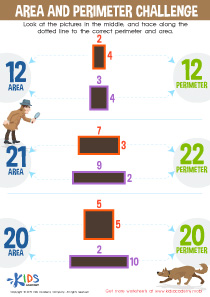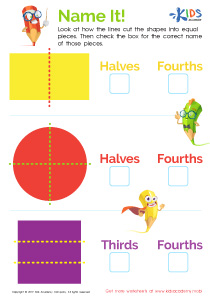Problem-Solving Skills Tracing Shapes Worksheets for Ages 5-9
4 filtered results
-
From - To
Enhance your child’s problem-solving skills with our engaging Tracing Shapes Worksheets, designed specifically for ages 5-9! These fun and interactive worksheets encourage young learners to trace various shapes while developing critical thinking and fine motor skills. As children navigate through the exercises, they will strengthen their ability to recognize and differentiate shapes, fostering both cognitive and artistic development. Each worksheet is crafted to be visually appealing and age-appropriate, ensuring your child remains engaged and motivated. Ideal for both classroom settings and home practice, these printable resources make learning enjoyable and help build a strong foundation in geometry and problem-solving. Start tracing today!
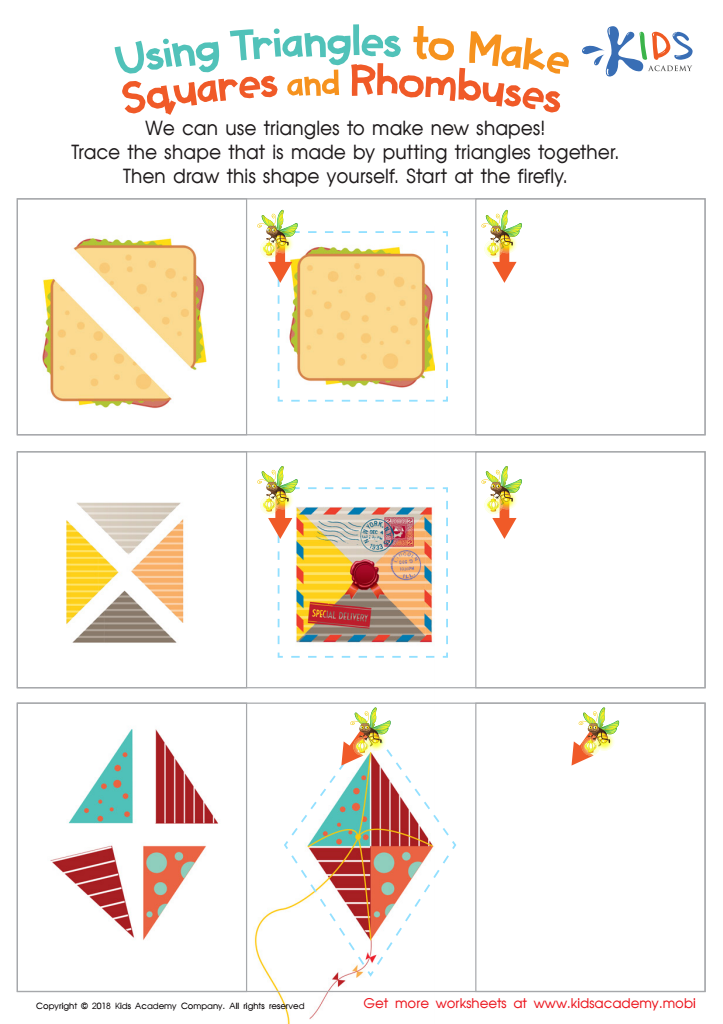

Using Triangles to Make Squares and Rhombuses Worksheet


Let's Look! Part 2 Worksheet


Learning to Draw Crescents And Triangles Worksheet
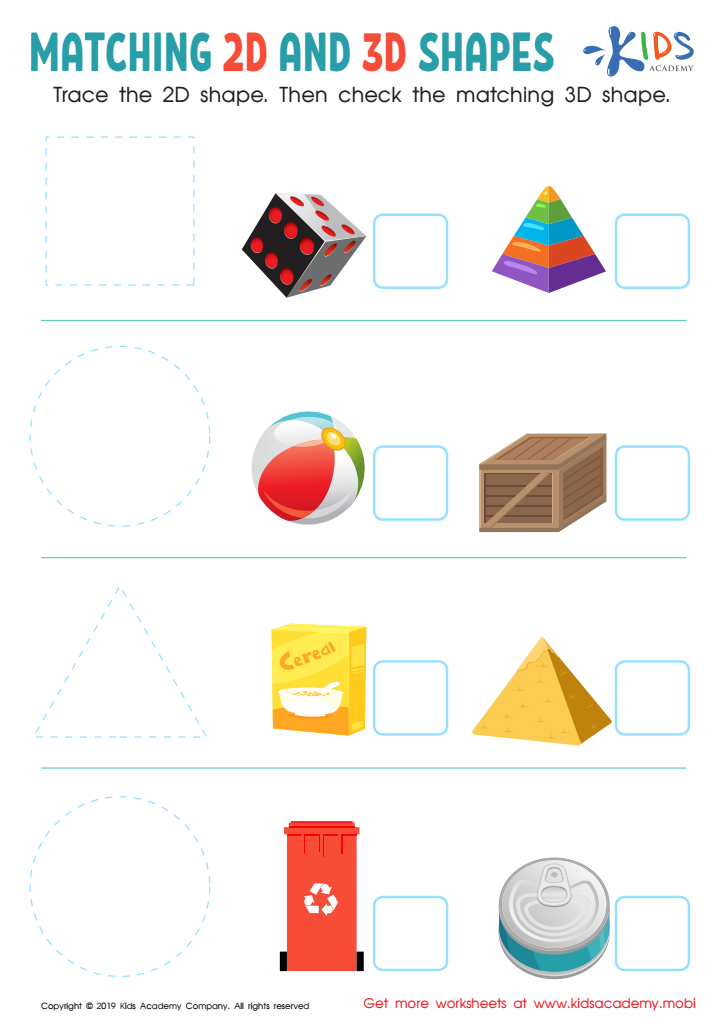

Matching 2D and 3D Shapes Worksheet
Problem-solving skills are crucial for children aged 5-9, particularly when it comes to activities like tracing shapes. This seemingly simple task enhances their cognitive development by encouraging critical thinking and improving hand-eye coordination. When children trace shapes, they not only learn to recognize geometric forms but also engage in techniques that foster spatial awareness. This lays a foundation for more complex mathematical concepts and reinforces an understanding of the world around them.
Furthermore, tracing shapes cultivates fine motor skills, which are essential for writing, drawing, and daily tasks. This activity empowers children by allowing them to see tangible progress, thereby boosting their confidence and motivation. Teachers and parents can use tracing shapes to encourage perseverance, as children learn the importance of practice in mastering a skill.
In a classroom or at home, incorporating shape tracing into play can also promote collaboration and communication skills, as children may work together or share their creations. Ultimately, teaching problem-solving through tracing shapes helps children develop a toolkit of skills that promote inquiry, creativity, and resilience. These foundational abilities are essential for successful lifelong learning, making it vital for parents and teachers to prioritize problem-solving activities for young learners.
 Assign to My Students
Assign to My Students






